Natural Senescence
 Print This Post
Print This Post
By Lee Rinehart, NCAT Agriculture Specialist
September is the beginning of my year. The summer crops have just about given their all, their leaves brown with wilt or downy mildew, an element of a plant’s natural senescence. The garden wants to go to sleep, and I tuck it in with a blanket of cover crops…my favorite seed mix of vetch, rye, and clover. Next year, in a tangible instance of the law of return, these crops will be cut and tilled into the soil to feed the myriad bacteria, archaea, and fungi that will in turn mineralize their nutrients, later to show up in the stems, leaves, and fruits of my summer crops. This year, I learned that the law of return isn’t necessarily limited to crops and gardens. I, too, am subject to natural senescence.
Last May, on the 10th according to my notebook, I stared at five feet of my cover crops’ spring growth. As my tomato plants were more than ready to be set out, I had to get the cover cut, chopped, and plowed into the soil in preparation for transplanting. For many years, I have been using an Earthtools grubbing hoe for this exercise, and exercise it is. For the hoe is essentially a wide piece of heavy steel welded to a short piece of pipe and bolted to a long oak handle.
When I was younger, I easily wielded this tool, hefting it up over a dense mat of cut, green plant residue and using its weight to fall and chop and incorporate the leaves and stems into the soil. A repetitive up and down, a satisfying thump into soft soil. Aromas of earthiness and pith in the still summer day. Thirty minutes or so and the plot was ready for its two-week incubation prior to planting.
At 59, I’m not the spry gardener I was. I’m not the spry anything I was. I mean anything that requires leverage and using my lower back as a fulcrum. Twenty-three years ago, a singular event imprinted my future with a destiny at that time unknown, unconsidered. I learned that a simple movement, in this case rotating a pipe on a pipe stand, can result in, decades later, the disintegration of the surfaces in my L4 and L5 lumbar vertebrae.
This year, 30 minutes turned into an hour and a half. The day was mild, and the garden resembled a weed patch to anyone unfamiliar with cover crops. Rye stalks stood at eye level and vetch climbed among the tall annual grass, clutching the stems and gaining purchase for higher altitudes with its delicate tendrils. Red clover peeked through the lower elevations, bright crimson accents offsetting the blue green of the rye stems. Bird song and the cricks of crickets as I opened the light wooden gate and walked to the tool shed. Quiet here, the morning light spilled in through the windows lining the west side of the shed, and on the opposing wall, 12D nails driven into the paint-peeled wood hold an array of hand tools. It reminds me of my grandfather’s barn in the deep woods of east Texas. A worn metal rake. Fence post driver. Shovels and a spade. And a grubbing hoe.

Sun Joe electric tiller. Photo: Lee Rinehart, NCAT
The hoe probably weighs 10 or 15 pounds. Not much, really, but the repeated chopping of dense plant material even into a soil with excellent tilth will very soon aggravate old injuries. And it did. A few minutes of activity followed by double the amount of time leaning on the hoe handle. Minutes of reflection and memory, an internal slowing of the pace and telling myself it’s ok to let the body follow this path. Now, I knew, I would embrace an abomination out of necessity. Later that day, I bought a tiller.
Buying this machine made me think of author Barry Lopez’s reflections on growing older. When he was no longer able to travel to the desolate places that called him, to walk the Outback, dive beneath sea ice in Antarctica, or traverse the molten plains of central Africa, he knew he could still explore. A new horizon had appeared, and it could only be reached through adaptation. I learned something from brother Barry’s adventures closer to home as he aged.
As an organic gardener, I have always wanted to reduce my footprint, tread gently, and respect the soil I am privileged to steward. My hoe was light in this respect. Enough to chop the cover crop and mix it gently into the first few inches of soil to begin its decomposition. But a mechanical tiller? A machine of destruction? In the 1930s, most of Nebraska, Oklahoma, and the Dakotas showed up on the National Mall in DC. Agricultural fallout. The Dust Bowl. I wasn’t interested in being a part of that legacy. But something in my mind changed that day leaning on my hoe in the garden.
My tiller arrived in three days. Small — I could lift it with one hand — and it had an electric motor and two sets of tines that could be adjusted for how deep you wanted to go. I realized I could use the shallowest setting to minimize how much soil I disturbed. It’s just a tool, I told myself. Like your hoe. In 15 minutes, the next garden plot was lightly tilled, plant residue mixed and in reach of the soil microbes I rely on for crop fertility. The tomatoes would go in on time.
I won’t feel the weight of the hoe much anymore. Nor feel the muted vibration underfoot as its steel plunges into the soil. But my hands will not forget the oak handle worn smooth from sweat and friction. It will still accompany me, for I will always need a leaning post. A garden is best observed from the vantage one gets from leaning on a reliable friend. Especially when you’ve grown old together.
ATTRA Resources
Equipment and Tools for Small-Scale Intensive Crop Production
Reducing Tillage Intensity in Organic Production Systems
Other Resources
Tim Bowles Part 2: Climate Smart Agriculture Includes Tillage
This blog is produced by the National Center for Appropriate Technology through the ATTRA Sustainable Agriculture program, under a cooperative agreement with USDA Rural Development. ATTRA.NCAT.ORG.

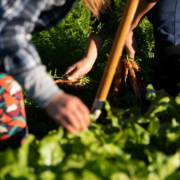 USDA
USDA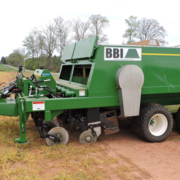
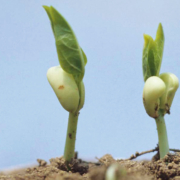
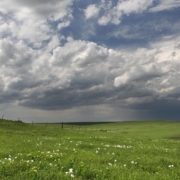
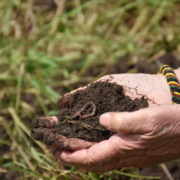 USDA NRCS
USDA NRCS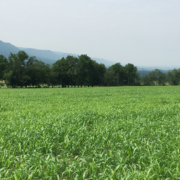
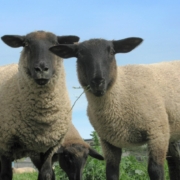

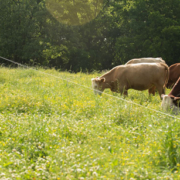

 NCAT
NCAT